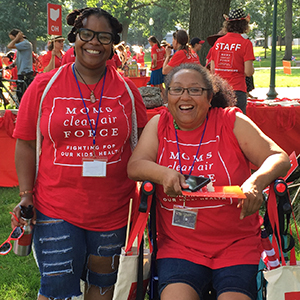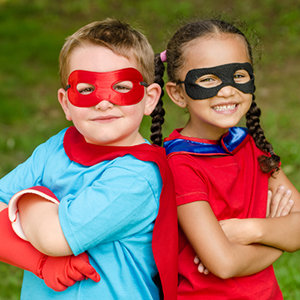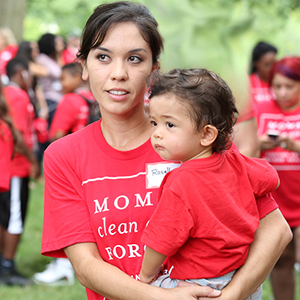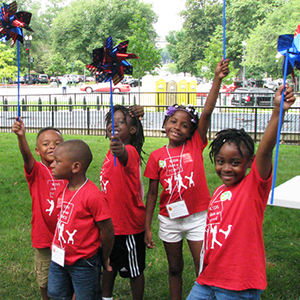
Each month, we highlight a new Supermom of the Month, a member who has gone above and beyond to advocate for clean air and children’s health. Our members in states across the country are more important than ever as we work to protect the hard-fought clean air and climate investments of the last four years. Will you join us?
This month, we are celebrating Monica Jahan Bose, an artist and activist living in Washington, DC. Monica was nominated by Sam Schmitz, Moms’ Project Manager for DC Events and Policy.
Monica is a longtime Moms’ partner and volunteer. She is also the woman behind Storytelling With Saris, a collaborative art and advocacy project involving co-creating saris with people in the U.S. and women farmers from her ancestral village in Bangladesh. She works with saris because they represent women and sustainability. “They are reused for generations,” Monica says, “and when finally torn or worn thin, they are cut and layered in three and made into baby swaddles and diapers.” Participants cover the saris with climate pledges and poetry, woodblock printing, and hand-painted artwork. The decorated saris are hung in public spaces to start conversations and prompt climate action.
Moms Clean Air Force has co-hosted several events with Monica over the years, including several sari art events, a virtual studio visit for Earth Day, a workshop to write letters and poetry to EPA about the methane rule, and a poetry slam and protest.
Tell the Senate: Sound the Alarm on EPA Administrator Pick
We asked Monica a few questions about her motivation and activism:
Why did you join Moms?
I started collaborating with Moms in 2019 as part of my WRAPture climate justice public art project, which wrapped 65 art-covered saris on five historic buildings in the Anacostia neighborhood of Washington, DC. As part of that project, I did a public sari art workshop at Eaton Hotel for International Women’s Day in March. Elizabeth Brandt and other Moms members joined that workshop, and Moms Clean Air Force became a community partner for the project.
I was interested in partnering with environmental groups to get the word out, and since Storytelling With Saris is intergenerational, Moms is a natural ally. Moms has been part of all my recent public art projects, including Warming Waters (2020), Concrete Dreams (2021), Sustain (2022), and Swimming (2024).
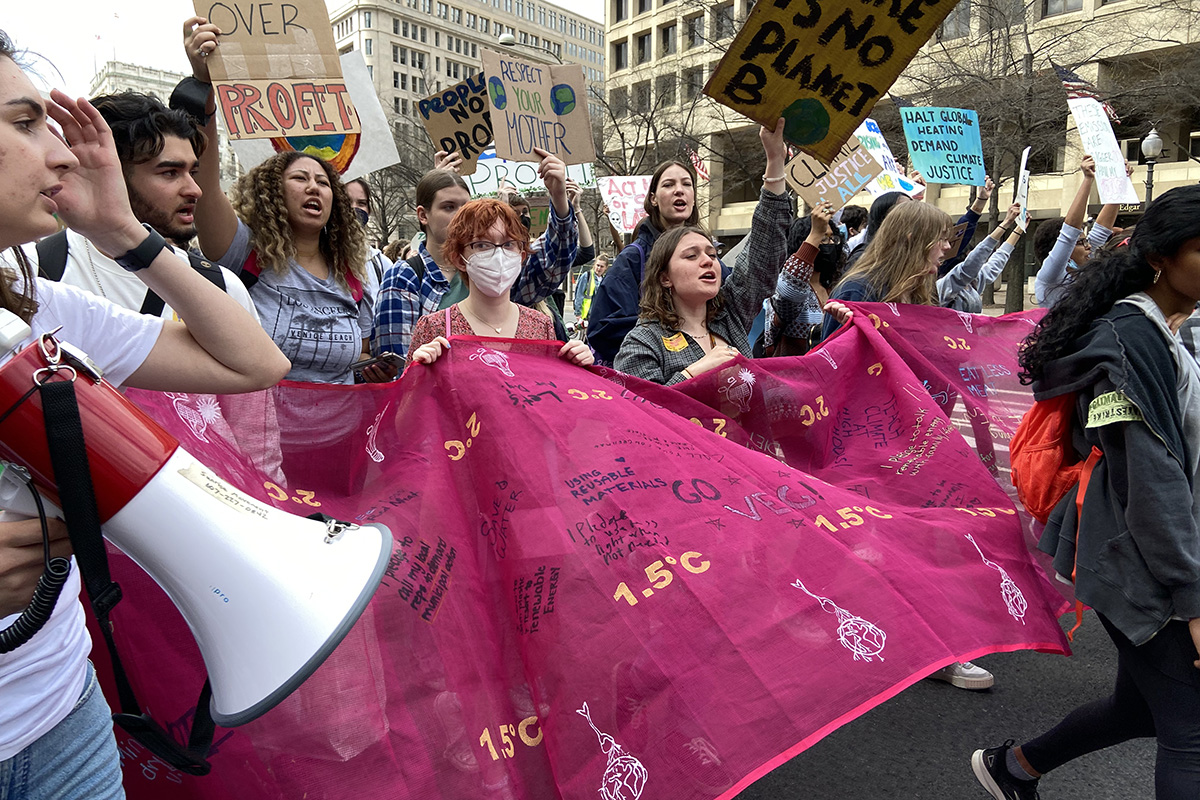
How did you first become concerned about the environment and climate change?
As a teenager, I was often painting landscapes outdoors and thinking about nature and environmental protection. I would hang out at the C&O Canal with my friends, and I learned that the Potomac River was no longer safe for swimming or fishing. Then, I became aware of the risks of global warming at Columbia Law School in New York in the late 1980s. During one summer in law school, I interned with the Lawyers Collective in Mumbai, India, and researched issues around legal compensation for the continuing health effects of the Bhopal disaster.
After law school, I decided to practice environmental law at a small firm in New York City that did a good percentage of public interest and community-oriented work. At that time, I learned about the environmental impacts of development projects and worked with municipalities and other clients on watershed protection and air quality issues.
My first child was born in Tokyo in 1999, and by then, I had become very worried about the future risks of climate change to my newborn daughter as well as to my family in Bangladesh. Bangladesh is particularly vulnerable because it is a densely populated nation barely above sea level and with numerous low-lying islands in the Indian Ocean. My mother and her siblings and generations before her grew up in Katakhali Village, Barobaishdia Island, and I worry about food insecurity and the health and safety risks to everyone who lives there and about my heritage drowning under the ocean.
How do you involve your kids in climate action?
My two daughters, Tuli and Koli Bennett-Bose, have been very much involved in Storytelling With Saris. My daughters and my mother came with me to Katakhali Village to launch the project in 2013. The impact of climate change became even more real and immediate to all of us during that trip, as we heard directly from community members about the climate impacts they are experiencing.
Since then, my daughters have come with me to the village numerous times and to many of my workshops and installations in Washington, DC. They have become my invaluable assistants, joining performances and helping with events. Both daughters have helped me sew the saris for installations and performances.
During college, Tuli became active with the student government’s Green Party at UC Berkeley. At Bryn Mawr College, Koli was selected for a special semester-long program on the coastal environment, which took her to Costa Rica to study coral reefs.
How do you stay motivated to continue advocating for clean air and climate solutions?
It has indeed been difficult to stay motivated with all the political setbacks in the U.S. I regain momentum and resilience when I spend time in community with others, and especially when I work collaboratively on art projects. I gain so much strength from joining forces, from hearing other people’s stories and dreams. I am also inspired when I talk to the younger generation and see their pain and anxiety along with their passion for protecting the environment. We have to keep fighting, for us and for the next generation.
